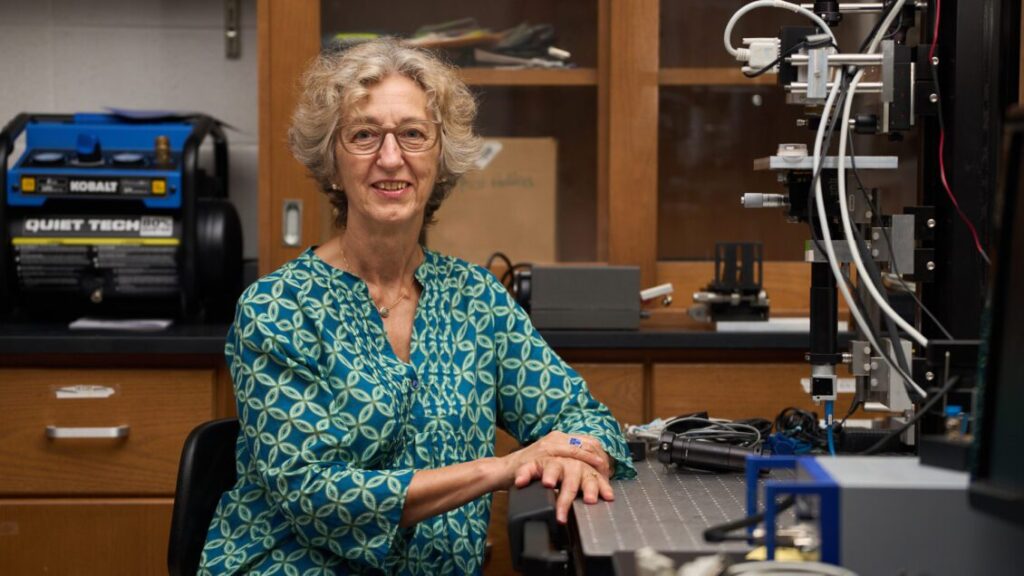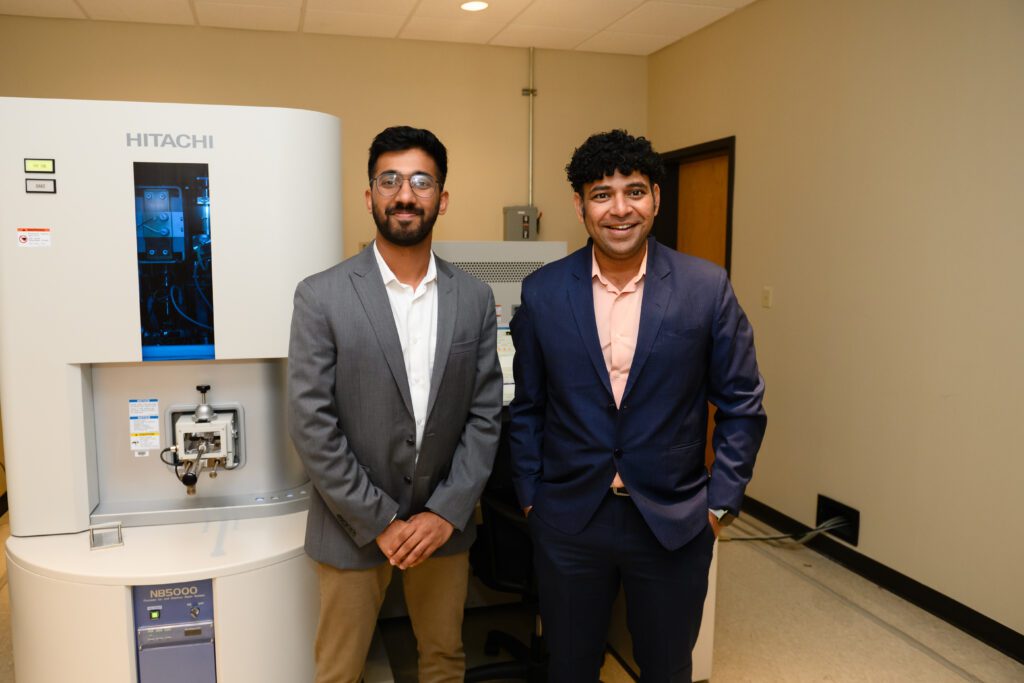
Laura Finzi, a molecular biophysicist who pioneered techniques to study how single molecules act in complex biological processes, has been appointed the inaugural Dr. Waenard L. Miller, Jr. ’69 and Sheila M. Miller Endowed Chair in Medical Biophysics at Clemson University. Finzi joined Clemson on July 1 and holds joint appointments in the Departments of Physics and Astronomy and Bioengineering. She aims to advance medical biophysics research and education by fostering interdisciplinary collaboration. Finzi brings extensive experience in interdisciplinary research, collaboration, and student mentorship, previously serving as a professor at Emory University and contributing to graduate programs in chemistry, biomedical engineering, and cancer biology. Her research on DNA transcription mechanics aims to advance understanding of gene regulation and precision medicine, tailoring treatments to individual genetic and environmental factors. Finzi is committed to building programs and fostering collaboration to drive innovation in medical biophysics.
The endowed chair position, one of the highest honors at Clemson University, was established with a $2 million donation from cardiologist Waenard L. Miller ’69 and his wife, Sheila M. Miller, to support medical biophysics research and education. Dr. Miller, a Clemson physics alumnus and co-founder of the Legacy Heart Center in Texas, has an extensive background in medicine, including degrees in nuclear physics, biology, and medical management. Reflecting on his 34-year career, Miller emphasized the transformative impact of scientific and medical advancements and expressed pride in supporting Clemson’s growth in this evolving field, welcoming Dr. Laura Finzi to lead impactful research and innovation.
Laura Finzi describes her journey into medical biophysics as a “progressive evolution.” Initially studying industrial chemistry at the University of Bologna, she was inspired to pursue biophysics after meeting National Academy of Sciences member Carlos Bustamante, who recruited her for graduate studies at the University of New Mexico. After earning her Ph.D. in chemistry, Finzi continued her training as a postdoctoral fellow under Bustamante, eventually joining his lab at the Institute of Molecular Biology at the University of Oregon, where she thrived in an interdisciplinary environment that brought together biologists, chemists, and physicists. Laura Finzi played a key role in developing the first generation of magnetic tweezers, a tool used to study the mechanical properties of molecules like DNA and proteins in single-molecule experiments. Unlike traditional methods that assume identical behavior among molecules, single-molecule techniques reveal heterogeneities that can underpin diseases. As an American Physical Society fellow, Finzi investigates transcriptional regulation mechanisms using advanced techniques like magnetic tweezers, optical tweezers, and atomic force microscopy, as well as studying DNA supercoiling, a critical regulator of genomic function. Her work highlights the integration of biophysics with emerging technologies, such as machine learning, to explore new avenues in medical research.
Written by David Brandin

